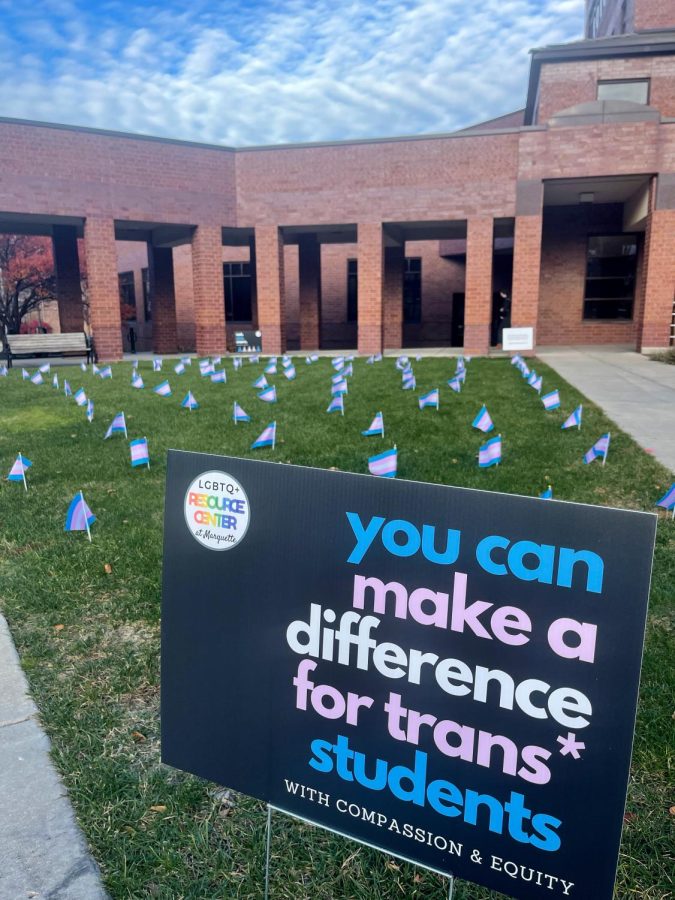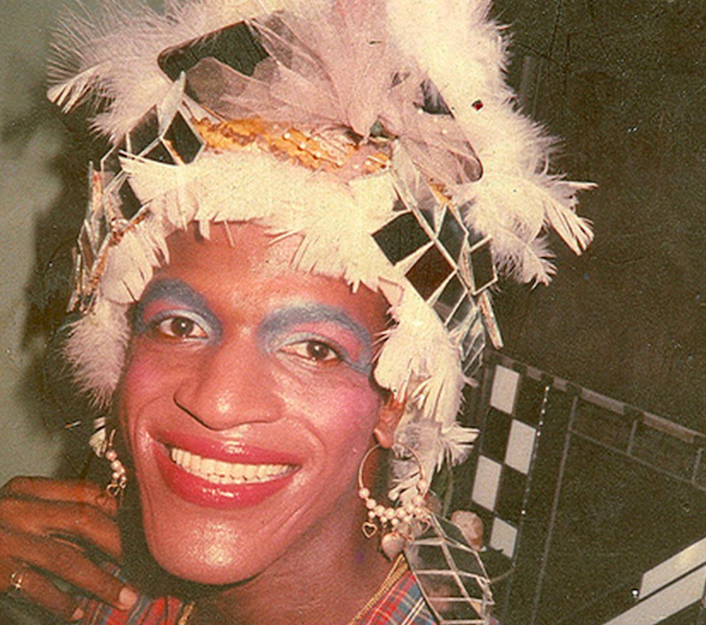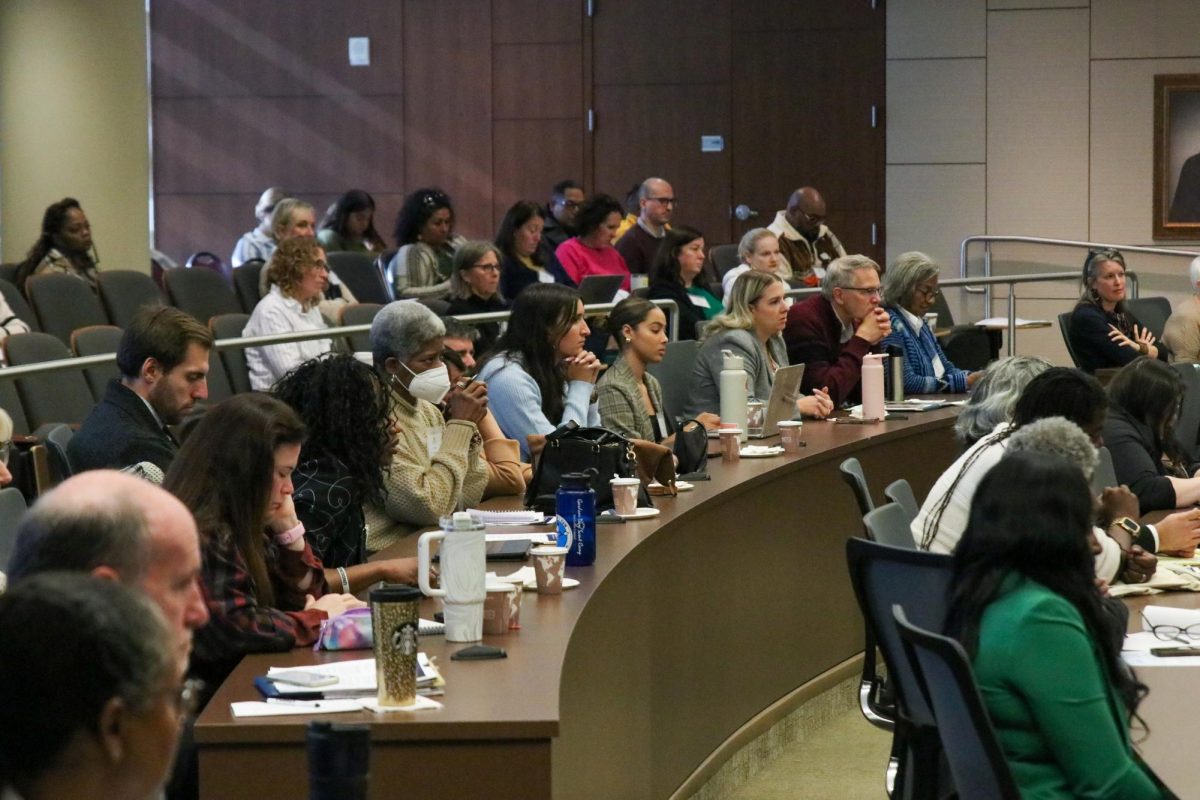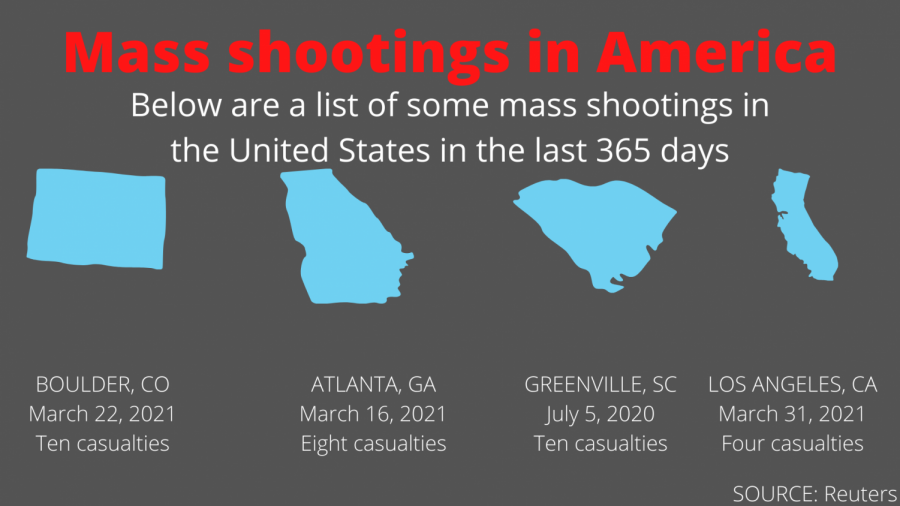A gunman opened fire at Marjory Stoneman Douglas High School in Parkland, Florida February 14, 2018 . Seventeen individuals were murdered, and that day will be remembered as one of the deadliest mass shootings in United States history.
There have been 31 instances of mass shootings at K-12 schools across the United States since the 2018 Parkland tragedy, according to a February report by CNN. That number averages out to a shooting every 11.8 days. After the horrific Parkland incident, there has not been any positive change regarding mass shootings — apparently losing dozens of young lives at Parkland was not the tipping point.
Gender is the commonality that runs through almost every mass shooting that has taken place in the U.S. According to a recently compiled analysis of mass shootings in the United States by the Washington Post, there were 1,153 killed people as a result of gun violence from 2012 to February 2019. Of these incidents, there have been 166 shooters, and all but three of those shooters were men.
Gender plays a prevalent role in violence across the country. Mental health and a lack of strict gun laws are often discussed when debating causes of gun violence. Yet, according to a recent study at The American Psychological Association, women are more likely to be diagnosed with depression and anxiety than men. This statistic could point also point to the fact that more women may seek treatment than men do. But, mental health is often not to blame in many mass shooting situations. For example, in shootings from 1966-2015, only 14.8 percent of the shooters were diagnosed with serious mental health illness.
The problem with gun violence in the United States does not have to do with mental health. There is a different problem at work, and it can be solved. To stop the trend of mass shootings and overall violence, toxic masculinity and its relationship with gun culture need to be addressed. According to a Politico article, Men own guns at three times the rate women do, and 86 percent of domestic abuse cases are perpetrated by men, according to Pew Research Center.
The present-day culture paints a picture of the typical man that includes, unfortunately, violence and aggression. Men may often feel too scared to reach out for help, or worthless if they do not accomplish the traits that make an individual “manly” in society. Many of the shooters that commit violent acts in the United States have failed to accomplish romantic or financial success deemed normal for a man to accomplish, a Politico article reports. This “failure” can result in men feeling like they have to resort to violence because they did not succeed in what they were pressured to secure.
For change to come and for violence in the United States to decrease, the overall culture must change. From a young age, boys need to be taught that violence is not the answer to conflict, and that reaching out for help is valued and important. If changing the dialogue regarding gender starts at a young age, much-needed change will come to the country. This may involve less emphasis on violent television shows and video games that young people often can not digest in a healthy way. Having conversations with young boys about respect, urging them to share their emotions and encouraging them not to be afraid to act vulnerable are vital ways to break this cycle.
It is critical to strive to ensure that schools, churches and seeing a movie on a Friday night conjure happy thoughts and memories, not ones riddled with violence and despair. Toxic masculinity and gender have direct correlations with increased gun violence, and this relationship is one that can be fixed with awareness, as well as purposefully breaking down gender norms.








